| dc.description.abstracteng | The University of Göttingen possesses within its research and teaching collections, exhibitions and diverse range of gardens, unique museum holdings in an exceptionally wide range of knowledge domains.
Among these are many objects and convolutes of outstanding significance worldwide. These notable holdings have always played an important role in student life and the academic work pursued at Göttingen University, as well as in university members’ training and research activities.
The beginnings of the collections date back to a time well before the founding of the university itself in 1737. Initially existing in isolation as the Naturalien Cammer (Cabinet of Natural Curiosities), botanical collection, numismatic collection or model collection, in 1773 several of them were brought together in terms of space and content as the Königliches Academisches Museum (Royal Academic Museum) and extended considerably. Some of the collections continued to exist into the early 20th century as the Naturhistorisches Museum (Natural History Museum), but ultimately, in the late 1920s and early ’30s at the latest, they were transferred to separate institutes and have since been maintained separately.
Many of the collections play an important role in the university’s research and teaching, as for a large number of subject areas material objects are indispensable for didactical, investigative and learning processes. The relevance of other collections, however, lies above all in their contribution to the history of science and knowledge, vividly bringing to life and illustrating archive and book holdings also held by the university.
This rich heritage gives the University of Göttingen special opportunities, but it also brings obligations. The collections and gardens should be accessible for use in the research context, preserved for future generations, and also remain available for university teaching. This necessarily involves the responsible supervision and care of holdings by curators or, in the case of smaller collections, by members of the university taking on responsibility for them in a part-time capacity.
In presenting this Collections Guide, the University of Göttingen would like to inform its staff, students and the general public from near and far about its rich and diverse museums holdings from the areas of art, cultural history, archaeology, ethnography and ethnology, cultural anthropology, medicine, the natural sciences and mathematics, and warmly invites guests to visit them.
Mike Reich | |



